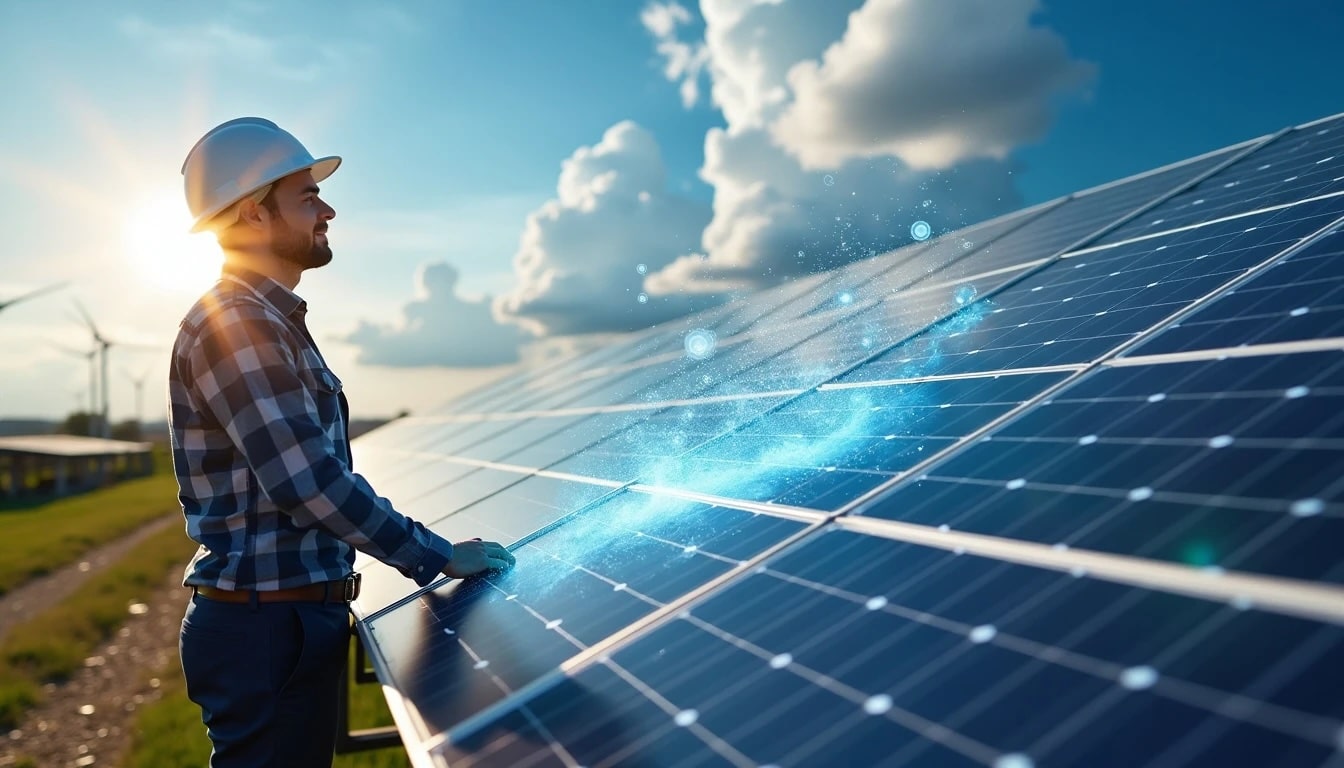The growth of the digital economy in Southeast Asia is driving an unprecedented expansion in the construction and operation of data centers, positioning the region as a new global epicenter for digital infrastructure. However, this boom comes with a major challenge: how to sustainably power the enormous energy consumption of these tech giants in a context where electrical grids still largely depend on fossil fuels.
The ASEAN Region: New Data and Energy Consumption Hub
ASEAN (Association of Southeast Asian Nations), comprising countries like Indonesia, Malaysia, the Philippines, Singapore, Thailand, and Vietnam, has over 690 million inhabitants and is emerging as a strategic market for the tech industry. The latest report from the think tank Ember warns that electricity demand in the region, largely driven by data centers, is growing faster than advancements in the energy transition.
According to the International Energy Agency (IEA), electricity consumption from data centers in Southeast Asia is expected to nearly double by 2030 compared to current levels in 2024. In just six of the most advanced economies (Indonesia, Malaysia, the Philippines, Singapore, Thailand, and Vietnam), projects are already underway that will add approximately 2.9 GW of new energy capacity for these centers.
The Challenge of Reducing Carbon Footprint
The Ember report underscores that the growth of data centers could jeopardize the region’s climate goals if it is not accompanied by deep decarbonization. Electricity generation in ASEAN still relies 70% on coal, oil, and gas, which poses a significant obstacle to meeting international emissions reduction commitments.
In countries like Malaysia, the rise of data centers could elevate the sector’s electricity demand to 68 TWh by 2030, up from the current 9 TWh, representing up to 30% of national consumption. The environmental impact is significant: emissions associated with these centers could multiply sevenfold in just six years, rising from 5.9 million tons of CO2 to 40 million. In Indonesia, data center emissions are expected to quadruple.
Urgency for Policies and Investments in Renewable Energy
To mitigate environmental impact and ensure sustainable growth of the digital ecosystem, Ember experts recommend accelerating the deployment of renewable energy, especially solar and wind, along with improvements in energy efficiency and modernization of electrical infrastructure.
According to the report, solar and wind energy could cover up to 30% of data center electricity demand in the region by 2030, without an immediate need for large battery storage systems, at least in the initial phase. However, batteries will be essential in the medium and long term to stabilize the grid and meet peak demand.
The report warns that the challenge is to ensure that the expansion of digital infrastructure does not increase dependence on fossil fuels, but instead becomes a driver for the region’s energy transition. This requires strategic investments, regional partnerships, and a clear and favorable regulatory framework for renewables.
The Role of Efficiency and Regional Cooperation
The growth of data centers not only poses technological and environmental challenges, but it also demands closer cooperation among ASEAN countries. Modernizing digital hubs and promoting energy efficiency are key to preventing electricity demand from exceeding the adaptive capacity of national electrical grids.
According to Pritesh Swamy, head of data center research at Ember, the rapid proliferation of these centers is putting unprecedented pressure on the region’s energy systems. Only a decisive commitment to renewables and efficiency will sustain this development while preventing a disproportionate increase in greenhouse gas emissions.
Towards Sustainable Digital Growth
The digital future of Southeast Asia depends on its ability to manage this growth with a sustainable vision. National energy policies must prioritize investment in renewable sources and the efficiency of new data centers. As Shabrina Nadhila, an Ember analyst, points out, digital development need not necessarily increase the carbon footprint, provided that robust strategies and clean technology are implemented.
Ultimately, Southeast Asia has the opportunity to become a global benchmark, not only in digital capacity but also in sustainable innovation. A commitment to solar and wind energy, along with efficiency and smart policies, will be crucial to balance technological development with environmental responsibility.
source: Elettrico magazine

